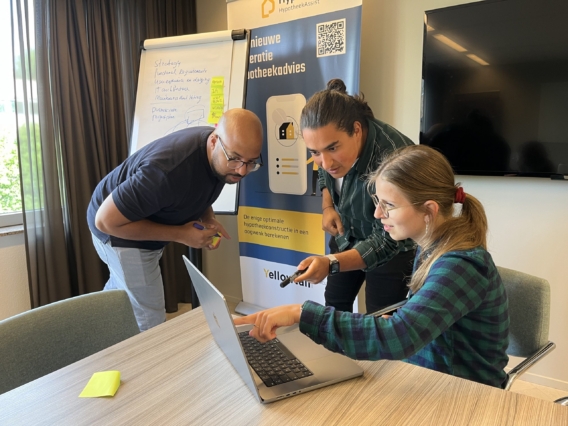As a result, ESG risks (read sustainability risks) are increasingly coming to the fore in addition to financial risks in the attention of supervisors and stakeholders and require integration into the corporate governance of an organization. Sustainability risks as a threat or opportunity in relation to the continuity of your organization.
We also see this within our Key Control Dashboard platform. Recording and executing a strategic risk analysis has been the focus of many organizations for years. But we are increasingly seeing that this risk analysis is also being carried out specifically for sustainability risks. The expectation is that this will only increase in the coming years due to the CSRD directive. According to the CSRD directive, organizations must set up a process to identify these risks, determine their materiality and take proactive actions in the future to mitigate these risks.
The role of risk management
Effectively managing sustainability risks is a critical step in creating sustainable long-term value. It enables companies not only to comply with regulations, but also to proactively respond to changes in the market and society. Therefore, it is important for organizations to:
- Identify risks: The organization’s senior management will need to come together to identify risks that could impact the organization’s long-term objectives.
- Apply scenario analysis: Organizations need to think about scenarios that provide insight into possible developments and trends, allowing timely adjustments to be made.
- Apply strategic integration: Integrating sustainability risks into existing risk management structures, allowing management to act proactively in line with its business objectives. If we are already talking about damage to reputation, cyber risks or personnel, shouldn’t sustainability risks simply be included? Don’t they already have the same potential impact on the continuity of an organization?
Value creation and risk management
Sustainability risk management offers an opportunity for organizations to add value to the organization. By asking questions about the integration of ESG factors in strategies and monitoring the effectiveness of sustainability initiatives, they contribute to a resilient future. But also to an attractive company. Social impact is increasingly important.
Sustainability pressure is increasing from both stakeholders and regulations, which is why effective sustainability risk management is often the first impactful step. We offer organizations the opportunity to integrate these risks into their risk management approach. This allows them to make the right strategic decisions in a timely manner and thus achieve sustainable value creation. When do you start?



















